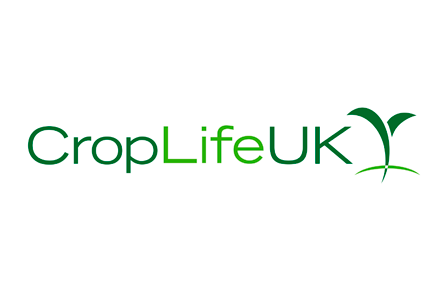There have been some recent news articles claiming that use of Plant Protection Products (PPP) has led to residues in food that contain Per- and Polyfluorinated Substances (PFAS). PFAS have been dubbed ‘forever chemicals’ by the press due to the persistence of some of these substances.

There have been some recent news articles claiming that use of Plant Protection Products (PPP) has led to residues in food that contain Per- and Polyfluorinated Substances (PFAS). PFAS have been dubbed ‘forever chemicals’ by the press due to the persistence of some of these substances. However, the linkage to PPPs is misleading reporting generated by the inappropriate combination of information from different sources by the Pesticides Action Network (PAN).
Whilst there is understandable concern amongst consumers about PFAS chemicals and their potential impact on human health, the recent media stories implicating PPPs are inaccurate. British regulators, including the Health and Safety Executive (HSE), have assessed the issues surrounding PFAS chemicals. Following their December 2021 Regulatory Management Option Analysis (RMOA), PPPs were not identified as an area for action. HSE has identified firefighting foams containing PFAS as their priority, as emphasised in their recent policy paper and 4 April 2024 call for evidence.
What PAN have done is use a very broad definition of PFAS based on chemical structure to claim that many PPPs should be considered to be PFAS. This ignores the point that not all such chemical structures exhibit the levels of persistence and toxicity that give rise to concern. PAN have then cross referenced the latest annual report by the Expert Committee on Pesticide Residues in Food (PRiF) to suggest that this demonstrates that use of PPPs leads to PFAS residues in food.
So, a simple conflation of sources appears valid to journalists and creates a scare story but misses 2 fundamental points.
Firstly, PRiF did not directly mention PFAS substances at all and neither would we expect them to. They consider the results of sampling for PPP residues in food and compare them to Maximum Residue Levels (MRLs). Crucially, MRLs are a trade measure, and levels are set to represent what might be found where good agricultural practice has been followed - MRLs are often substantially lower than levels that would be set to ensure safety to human health. The vast majority of UK food samples contain levels below the MRL, but for the small number of samples where the MRL is exceeded PRiF conducts an assessment to ensure that consumer safety is not affected. Their report showed no safety concerns requiring any action in the food supply chain. To put it bluntly, if a PPP is on the market today in the UK, it has been rigorously evaluated by one of the most stringent regulators in the world. We can be reassured that the food we eat is safe.
Secondly, within the RMOA report, HSE explained that all PPP substances, regardless of their chemical structure, are governed by specific legislation that requires rigorous and extensive assessment of data covering the areas that are of concern for PFAS chemicals. This strong regulation ensures that a PPP is approved only if it poses no harm to human health and no unacceptable harm to the environment. Substances classified as persistent organic pollutants (POPs), persistent, bioaccumulative and toxic (PBT), or very persistent and very bioaccumulative (vPvB) cannot be approved as PPPs. Critically, these areas are the key concerns associated with PFAS and are thoroughly addressed in the assessments required by PPP regulation.
In conclusion, we should be careful when reading or listening to stories in the media to question how sources of information have been used. But most importantly, we should remember that we have very high standards for food production and supply in the UK. CropLife UK members are proud to play a key role in the food production sector that ensures that UK consumers have a consistent supply of safe, healthy and affordable food.




